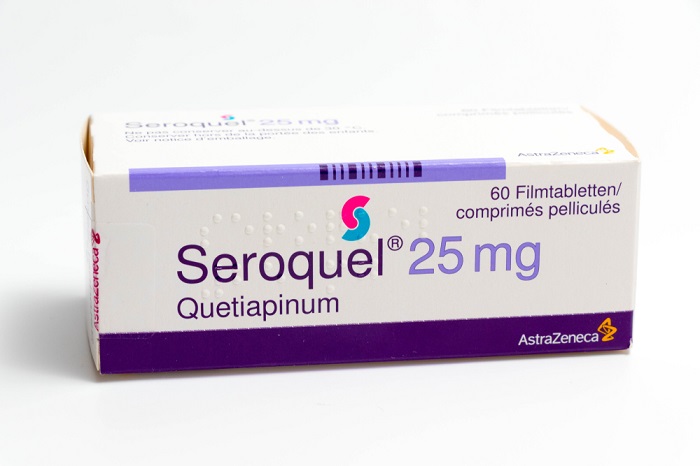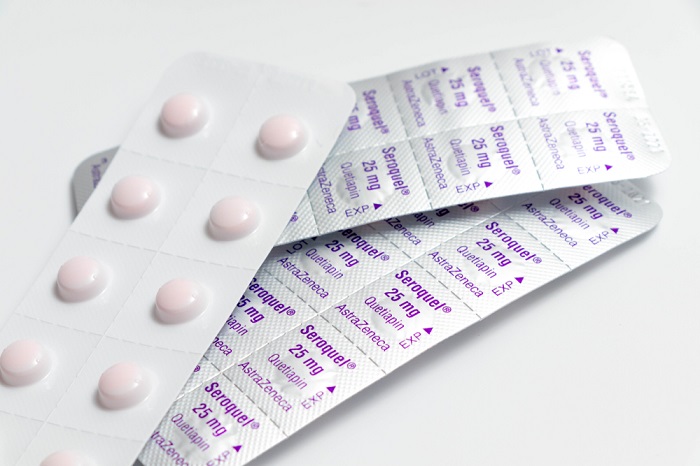What is Seroquel?
Seroquel is referred to the class of neuroleptics. It exhibits a high affinity for the serotonin 5HT2-receptors in the brain. The medication demonstrates high affinity for histamine and ?1-adrenoceptors and less active against ?2-adrenoceptors. The drug has no affinity for m-cholinergic receptors and benzodiazepine receptors.
Seroquel: indications for use
Seroquel due to its well tolerability may be appointed with no results of laboratory tests, in urgent cases where the patient is not eager to be examined (but not receiving medication) and before a full medical examination. The trial 48-hour treatment using a test dose of quetiapine (50-100 mg) is initiated on a regular basis to identify an individual patient's sensitivity with his own assessment of reaction. Seroquel is characterized by mild effect causing dysphoria and emotional indifference in rare cases. Such unpleasant and memorable symptoms of therapeutic effect often lead to the abandonment of further treatment.
Hypotension (it is important to warn the patient not to rise sharply, avoid dehydration, especially in summer; notify the elderly) and dry mouth (good mouthwash, chewing sugar-free gums) usually are reduced to the extent of adaptation to Seroquel, as most of the early ‘general toxic’ action of neuroleptics.
Seroquel: pharmacology
In actual practice, the risk of orthostatic hypotension and dizziness, tachycardia in the early stages of treatment (initial dose of Seroquel should not be more than 25 mg, the slower buildup doses, the better the drug is tolerated). Risk of ventricular tachyarrhythmias during treatment with quetiapine (10%) corresponds to that of haloperidol in the treatment of tableted and 1.5 times less than with risperidone. In the acute treatment speed of action is important medicines.
Nonspecific calming effect Seroquel without hypersedation (reduced need for tranquilizers) is useful for the early, within 5-7 days of excitement and relief of hostility patients; it positively perceived by patients and does not preclude a detailed neurological somatosensory evaluation and early psychosocial interventions. While the risk/benefit ratio of quetiapine destination above recommended threshold little studied, but also within the therapeutic range when choosing quetiapine (up to 750 mg / day.) Is a reduction of psychotic anxiety during the week.
Seroquel: dosage and administration
Gradual build-up doses (up to 400 mg /24 hours within 5 days) are appointed to the elderly and those suffering from liver diseases. Quetiapine dosage of 450 mg per day, corresponding to approximately 8 mg of haloperidol, is generally sufficient to patients in first-episodes of schizophrenia. Effectiveness of acute treatment with quetiapine (400-800 mg/day) and olanzapine (10-20 mg/day) and risperidone (4-8 mg / day) is similar. Antipsychotic effect of quetiapine is most pronounced during 8-12th weeks in 50-85% of patients. Quetiapine monotherapy avoids the risk of pharmacokinetic interactions and difficult for the patient and medical personnel regimen. A less acute demand for anticholinergic correctors (Trihexyphenidyl), and spanning exacerbating psychosis, with the potential dependence and contributing to cognitive deficits of schizophrenia, helps to optimize the choice of quetiapine therapy.


